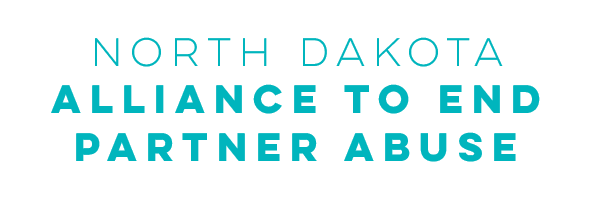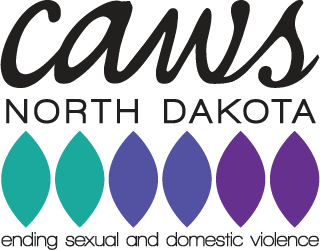CAWS North Dakota Releases 2023 Statistics on Domestic Violence and Sexual Assault in North Dakota
[BISMARCK, N.D.] — Each year, CAWS North Dakota, the state coalition working to end domestic and sexual violence, gathers data from 19 victim advocacy centers across the state to put together annual fact sheets that give a snapshot of how many victims of domestic violence and sexual assault are reaching out for help and what kinds of violence they are facing.
The latest fact sheets show that 6,131 victims of domestic violence and 1,288 victims of sexual assault were served by advocacy centers in 2023.
CAWS North Dakota says that domestic and sexual violence can happen to anyone, but women and girls are most commonly victimized. Of the domestic violence victims served in 2023, 83% were women. In cases of sexual assault in 2023, at least 1,042 of the 1,288 victims served were women.
People with disabilities in North Dakota were also highly impacted. In 2023, 18% of the domestic violence victims served were people with disabilities. Of the sexual assault victims served, nearly one third, 31%, were people with disabilities.
While the annual data does give insight into how many people are reaching out for help, CAWS North Dakota says that it doesn’t represent the full scope of the problem.
“7,419 total victims served in 2023 is a shocking reminder of how prevalent domestic violence and sexual assault are in our communities,” said Seth O’Neill, CAWS North Dakota’s Executive Director. “That’s around the size of the entire population of Devils Lake, and it’s just the start of the problem.”
The number of victims served in 2023 is only a fraction of the people experiencing violence they say, as many cases go unreported, not every victim reaches out for support, and some may get help from sources other than DV/SA advocacy centers.
Nonetheless, CAWS North Dakota says that advocacy centers work tirelessly to provide essential, life-saving services to victims who are looking for help. According to the 2023 fact sheet, over 20,000 services were provided by advocates to victims of sexual assault from January to December. Domestic violence advocates provided victim assistance with 431 emergency protection orders in 2023.
The coalition says that if you or someone you know has experienced domestic or sexual violence, free and confidential help is available 24/7 in North Dakota. Those seeking help can find an advocacy center near them by visiting the Find Help page on CAWS North Dakota’s website.
View the 2023 Domestic Violence and Sexual Assault fact sheets here.
###
CAWS North Dakota is North Dakota’s state domestic violence and sexual assault coalition. They support and present a unified voice for 19 victim advocacy centers across North Dakota. From training and educational materials, to public awareness and legislative policy change, CAWS North Dakota works to provide communities with the best information in order to end domestic and sexual violence and prevent future violence from occurring.





